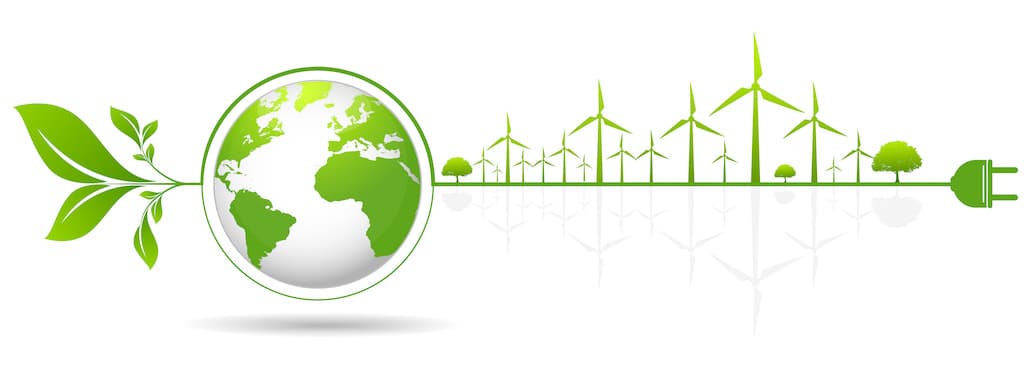Sustainable Web Design: The Future of Digital Experiences
Sustainable web design is an innovative approach to building digital experiences with a focus on environmentally friendly websites. This type of design is becoming increasingly important as more businesses move their operations online and as consumers become aware of the environmental impact that websites can have.
Did you know that the average website produces approximately 0.5g of CO2 per page view? So for a website with 10,000 monthly page views that equates to 60 kg of CO2 per year!
Let’s take a look at what sustainable web design is, why you should care about it, and how you can reduce your website’s carbon footprint.
What is Sustainable Web Design?
Sustainable web design takes into account the environmental impact of websites while still providing an effective user experience. It focuses on creating digital solutions that are not only efficient but also cost-effective in terms of energy use. This includes using fewer resources and technologies that require less energy to run. Examples include using lightweight images, optimizing code, minifying files, and using server-side caching techniques to reduce the amount of processing power needed for each page request.
This is in keeping with the Sustainable Web Manifesto which calls for an internet that is clean, efficient, open, honest, regenerative, and resilient
Why Should You Care About Sustainable Web Design?
Sustainable web design has several benefits for both businesses and consumers alike. For businesses, it can help them reduce their costs by reducing their energy bills and increasing their efficiency. For consumers, it can provide a better user experience by making websites faster and easier to use. It can also help businesses stand out from their competitors by demonstrating a commitment to sustainability and environmental responsibility.
How Can You Reduce Your Website’s Carbon Footprint?
There are several steps you can take and tools, like the Website Carbon Calculator and The Green Web Foundation’s directory, that you can use to optimize your website for sustainability:
Optimize – Compress images before uploading them to your website or consider using vector graphics instead of traditional raster images where possible.
Minify files – Minifying CSS, JavaScript, and HTML files can help reduce the size of your website and improve its loading times.
Opt for a content delivery network (CDN) - This helps your website load faster. Users can get data from their local server instead of waiting for data to transfer from a distant server.
Reduce HTTP requests – Limit the number of HTTP requests made by your website by combining multiple files into one or using server-side caching techniques where possible.
Use green hosting – Choose a hosting provider that uses renewable energy sources such as solar or wind energy for powering their servers instead of relying on non-renewable sources such as coal or oil-based electricity generators.
Monitor usage – Monitor your website’s traffic patterns so that you can identify any issues early on and address them quickly before they become major problems.
And The Outcome…
✅ Improved usability and user experience
✅ Clear and easy-to-understand designs
✅ Mobile-optimized sites
✅ Shorter loading times
✅ Better SEO rankings
Conclusion
Sustainable web design offers many benefits for both businesses and consumers alike. Not only does it help reduce costs for businesses but it also provides a better user experience for consumers by making environmentally friendly websites that are faster and easier to use. By taking these steps, you can make sure your website is optimized for sustainability while still providing an effective digital experience for your users. With sustainable web design becoming increasingly important in today’s digital landscape, now is the time to start thinking about how you can make sure your business is leveraging this approach to create positive change.
Feeling inspired but don’t know where to begin, reach out to us.
